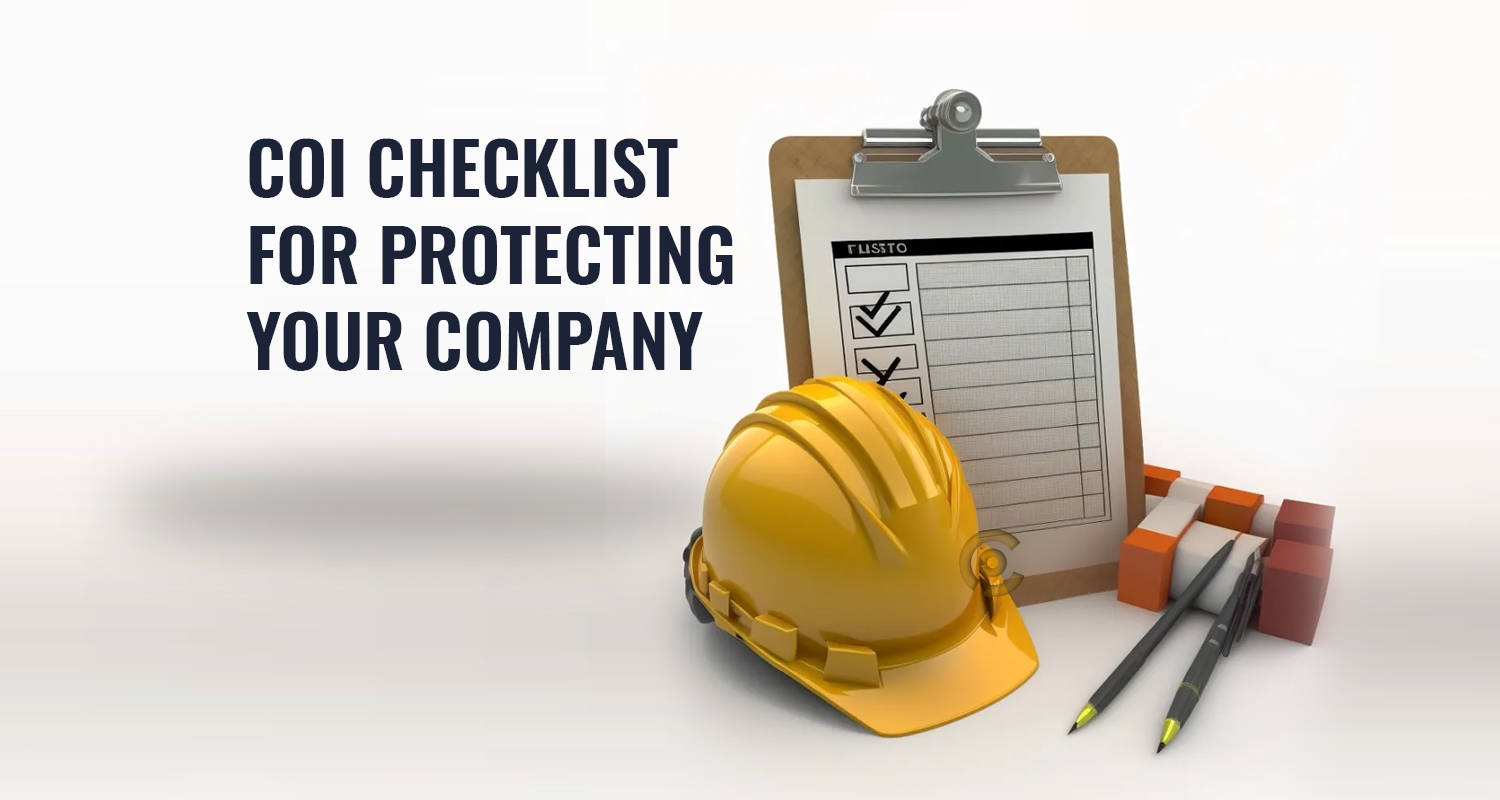1) What is a Certificate of Insurance?
A certificate of insurance is a document issued by an insurance company demonstrating that a particular company or person (referred to as Insured) is covered by an insurance policy. COIs include details such as the Insured (and additional Insured if applicable), coverage terms, coverage limits, insuring companies, deductibles, effective and expiration dates, and other policy information.
The COI form is mostly standardized across the industry on an ACORD form, which is a widely acceptable template used by certificate holders. A common misconception is that the COI is the actual insurance policy. However, the purpose of the COI is to provide a summary of the insurance policies and their coverages. While COIs provide a good overview of the insurance policy, GCs may still want to review the actual policy terms and conditions.
2) What are the different types of insurances under a COI?
The most common types of insurances required on construction projects are general liability, automobile liability, excess or umbrella liability, worker’s compensation and employer’s liability. However, many other types of insurances are also sometimes asked for in construction projects. For example, projects that are in an area with a body of water require marine insurance; and projects that are in an area with a train/subway line require railway insurance.

3) Why am I asking for a COI? Why am I being asked for a COI?
The certificate of insurance serves the purpose of providing a summary of coverage terms and conditions which enables the Insured and certificate holder to exchange policy information in a fast and efficient manner. On a construction project, the client requires contractors and subcontractors to be insured in the event of any accident on site. Also, as a contractor, it is important to ensure that your subcontractors have accurate and active insurances to mitigate risk in the event of accidents. Having a subcontractor with expired insurance exposes the GC to significant risks (and potential lawsuits) in the event of accidents on site.
Consequently, clients and contractors closely track COI completeness, accuracy, compliance with contract requirements, and expiration dates. It is important to ensure that your insurance is up to date as some contractors and clients will withhold payment if an insurance policy is expired. In the current economic conditions where cash flow is critical to the survival of small business, savvy subcontractors realize that a proper COI management plan could free up 2-3 weeks of working capital.
4) How to track and manage COIs?
Companies in the construction industry are mostly still collecting and tracking COIs manually through email and excel tables. With the risk of litigation due to a manual error or an expired end date, it is imperative that a proper system is implemented to manage COIs and ensure subcontractor compliance. Employees who manage COIs will typically be managing several hundred insurances and that requires a lot of email communication and manual data input.




-1.png)

